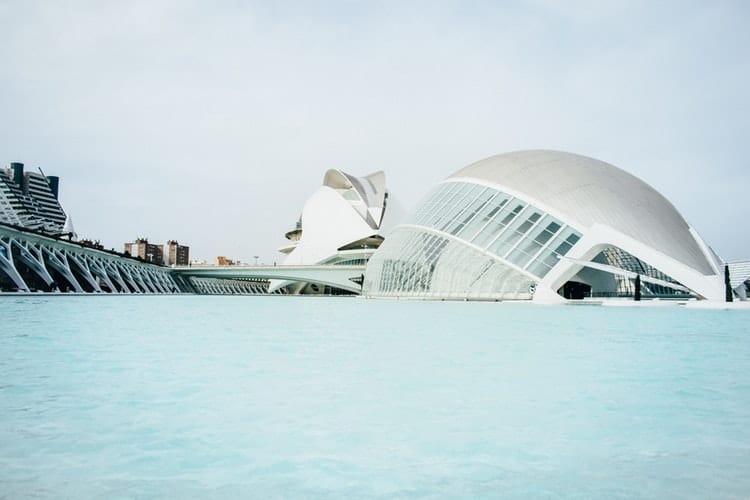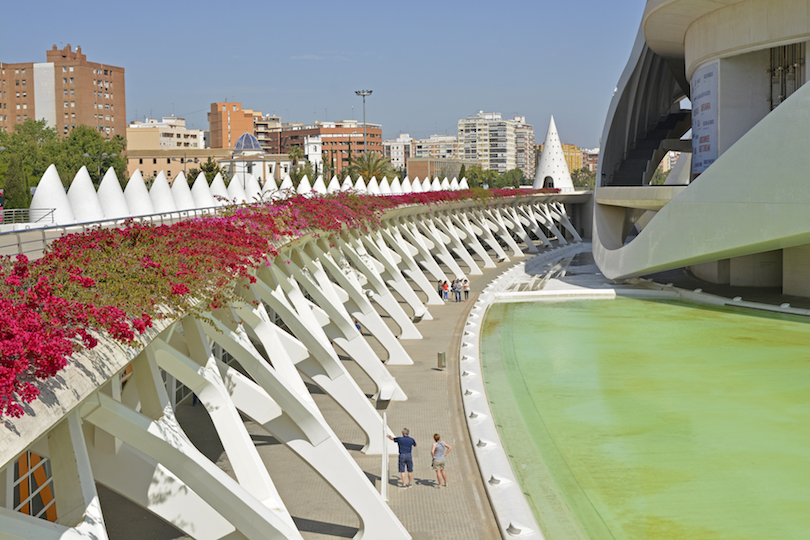Valencia West Hook Up Places
The best places i have found in northern california, as long as you like being in really remote location and isolated, 'middle of no where', is trinity, shasta, and siskiyou counties. Theres some cool areas around shasta, and this is one place where theres desirable land for not as much money, like near weaverville and hayfork, and other places.
- A great late night cruising area in Central-West London. You will find it near Holland Park Underground Station. The walk is a short cut between Holland Park Avenue and Kensington High Street. It runs alongside Holland.
- Fabulous 2 bedroom apartment with great views and only steps from the hot night life of Valencia. 150 sqm of space of absolute privacy in the heart of the city. Your choice, B&B or Self catering. Just a short flight from London, and you can enjoy a peaceful week or the frantic nights of Valencia. We accept up to 4 guests at a time.
- Only Women is a lesbian and bisexual dating service for women. Find friends and dates in your area. We are a gay owned and operated company and we strive to bring you the very best dating experience.
Please be aware that there are NO overflow campsites in Big Bend National Park, and NO nearby public lands outside the park. |
North of Big Bend National Park:
Stillwell’s RV Park/Store – (432) 376-2244 (turn 2 miles north of Persimmon Gap Entrance Station onto FM 2627, then 6 miles east), RV sites = 8 full –hook-ups, some tent camping, showers, laundry , store. .
Marathon Motel and Trailer Court – (432) 386-4241 (70 miles north of PJ, in Marathon, on Hwy 90), 11 rooms, RV Park- 19 sites, full hook-ups (includes cable, restrooms, showers). Reservations. Some RV sites taken by workers.
West of Big Bend National Park:
Big Bend Ranch State Park – (432) 424-3327 Barton Warnock Center - Hwy 170 - 17 miles west of Study Butte. (432) 358-4444 or (512) 399-8919 for camping and lodging reservations.
Study Butte RV Park – (432) 371-2468 (across from Cottonwood Store on Hwy 118) - reservations can be made. RV sites = 14 full hook-ups (Wi-Fi), Limited tent sites.
Big Bend Resort and Adventures – (432) 371-2218 (Hwy 118 in Study Butte) (877) 386-4383 for reservations; 84 Rooms, RV Park = 120 full hookups – (30 amp) / (50 amp), 19 pop-up sites, 20 tent sites, coin showers and laundry, restaurant
BJ’s RV Park – (432) 371-2259 (5 miles west of Study Butte on Hwy 170), 30 full hookups, Wi-Fi Reservations on-line or by phone
Rancho Topanga Campgrounds (432) 371-2131 (Hwy 170 11 miles west of Study Butte), Tents only; Wi-Fi, showers; wood fires permitted, Ridge Camping or Valley Camping, one group site for 15 people. 30 sites. Can take a few pop-ups. No RVs.
Maverick Ranch RV Park - 432-424-5180 (Hwy 170, 17 miles west of Study Butte at Lajitas Resort) - 101 rooms, condos and suites, restaurant/bar/spa) . RV Park (Maverick Ranch) = 100 sites, full hook-ups, tent sites. Reservations taken.
Roadrunner Travelers RV Park - 432-466-1036 (Hwy 170 in Study Butte). 15 full hookup RV sites, 5 electric/sewer RV sites. WiFi.
Longhorn Ranch Motel – (432) 371-2541 (10 miles north of Study Butte on Hwy 118), 24 rooms , RV sites = 17 full hook-ups, restaurant.
Terlingua Ranch Lodge and Resort - (432) 371-3146 Located in the heart of Terlingua Ranch, north of Study Butte.
RV Sites, Campsites, Cabins, Restaurant, Pool, Wi-fi, Laundry.
Area Lodging Options
There are a variety of accommodations available outside of Big Bend National Park. A list of accomodations is available at VisitBigBend.com.
The NPS does not specifically endorse or promote any of the businesses listed.
Site Selection & Registration
Every campground is a little bit different, but the process is generally the same. Campgrounds have designated sites that correspond to a number or letter (or some combination of letters and numbers). In frontcountry campgrounds (campgrounds you drive to), typically a small card or piece of paper is clipped to a post to indicate the check-out date for the current occupants. Backcountry (campgrounds you hike to) permits are usually a tag you display on your backpack while hiking, and on your tent while camping. Some sites may be reservable, either by calling the campground or through online reservation systems including Recreation.gov, while other sites within a campground may be available by a first-come, first-served system.

Before you go, check your park's website for information about passes and fees. Entrance passes are required at most national parks and recreation sites. You can purchase passes in person at most parks or online.
Don't Steal a Campsite
The popularity of camping in some parks has created a surprising problem - campsite theft. Please be do not steal a reserve-only or first-come, first-served campsite that someone else has claimed. Please leave the occupancy tag in place and do not replace it with yours. Please be considerate of others. Thank you for your cooperation.Which Campsite is the Best?
- Be aware of potential hazards like flash flooding, lightning, wind and dead trees/branches around your campsite.
- In the backcountry, avoid staying on ledges or high peaks where wind and lightning could become a hazard.
- Look up; if you see dead branches overhead, you should not camp under them.
- Do you want to be near the bathroom or shower house for convenience, or farther away, where it's quieter and darker?
- Do you need to park an RV? Do you need electrical hook-ups?
How to Lay Out a Campsite

- Sheltered and away from the middle of a field if there is a lightning storm and from the edge of cliffs.
- Away from dead trees that might fall.
- Away from ravines that might flood.
- Keep 200 feet between a cooking space and sleeping space.
- Always store food at least 200 feet from your sleeping space.
- Do not sleep in clothes used during cooking.
- Check park regulations for proper food storage; many parks require a bear box or bag.
Valencia West Hook Up Places San Diego
Set Up A Tent
Valencia West Hook Up Places Los Angeles
- Find a large, flat place to put your tent, and remove any sticks, rocks, pinecones, or other debris from the area. These objects are not only uncomfortable to sleep on, they may puncture your tent.
- Avoid low and sunken areas on the ground ground -- they can become extremely wet when it rains.
- Orient the tent so that your head will be on the uphill side while you are sleeping.
- Some tents come with a groundcloth or 'footprint' upon which you will set up the tent. If your tent does not have one included, a waterproof tarp will also work - just be sure to fold any excess tarp under, or else it will collect water rather than repel it. Lay down the groundcloth, then set up your tent according to your manufacturer's instructions.